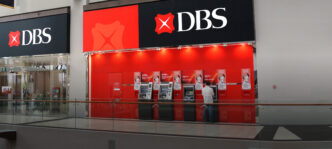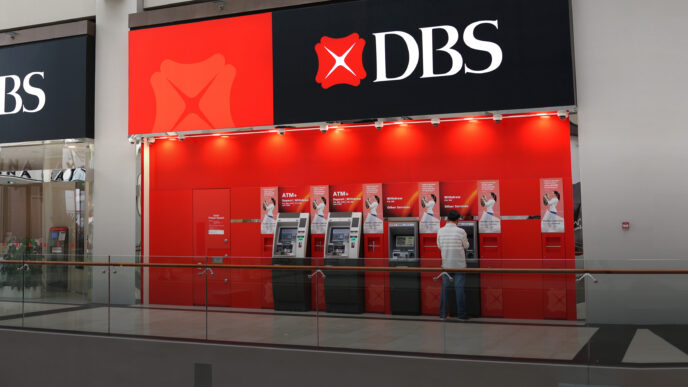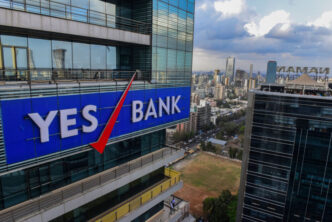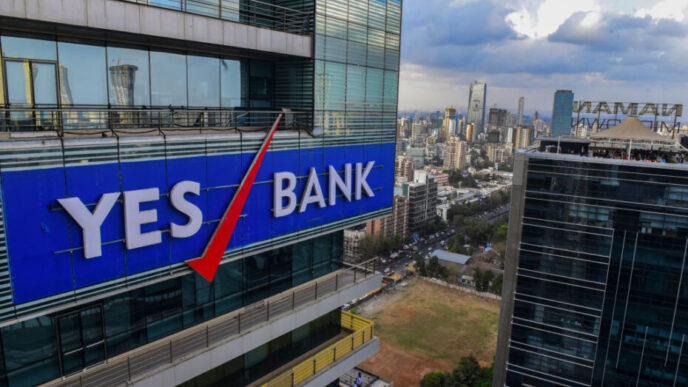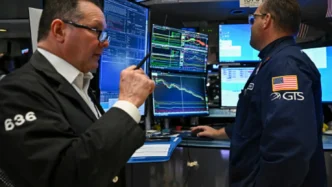Jeffrey Gundlach—the billionaire bond manager often described as the “Bond King” and one of Wall Street’s most closely watched macro voices—is issuing one of his starkest warnings in years. As private credit markets surge to unprecedented levels and investors pour trillions into lightly regulated lending pools, Gundlach argues that the system is now primed for what he calls “garbage lending”—low-quality loans made in a gold-rush environment with little oversight, inflated valuations, and aggressive risk-taking.
In his latest remarks, Gundlach warned that the private credit sector—celebrated as the “new backbone of corporate finance”—is in reality the next major bubble in global financial markets, likely to trigger widespread losses and a systemic shock once economic conditions tighten.
His advice? Move into cash, stay liquid, and resist the herd mentality.
Gundlach believes private credit could be “the next big crisis in the financial markets,” drawing comparisons to subprime mortgages in 2007, junk bonds in the early 1990s, and leveraged loans before the 2020 pandemic. And this time, the bubble is even harder to detect because so much of it is happening outside traditional banks, in opaque markets and shadow-lending structures.
The Private Credit Boom: Wall Street’s Fastest-Growing Market
Private credit—also known as direct lending—has exploded into a multitrillion-dollar industry, growing dramatically over the past decade as traditional banks pulled back from risky lending after the 2008 crisis. Today, it involves:
- Private equity firms
- Hedge funds
- Alternative asset managers
- Private lenders
- Non-bank financing vehicles
These players lend directly to companies, often at high interest rates and with flexible structures traditional banks would never approve.
Why the sector has boomed:
- Ultra-low interest rates pushed investors to chase higher yields
- Banks retreated due to regulation
- Private equity firms needed financing for buyouts
- Companies wanted faster, easier capital without heavy scrutiny
- Institutional investors (pensions, insurers) poured in capital seeking returns
Private credit has become so large that some analysts say it now rivals the junk bond and leveraged loan markets in influence and risk.
Gundlach’s Warning: “The Quality of These Loans Is Awful”
Gundlach’s concerns center on one thing: loan quality is deteriorating rapidly, but investors are blindly flooding the market because yields appear attractive.
He argues:
- Private credit lenders are taking on high-risk borrowers that banks rejected
- Loan covenants are extremely weak (“covenant-lite-plus,” as critics say)
- Borrowers are overleveraged, often with deteriorating financials
- Internal valuations are inflated because firms mark their own books
- Interest costs have skyrocketed due to higher rates, pressuring borrowers
- Defaults are rising, but not yet fully visible due to opaque structures
In short, the segment is producing loans that resemble subprime credit just before the 2008 crash.
Gundlach bluntly warned:
“What’s happening in private credit is garbage lending. Investors don’t see it yet—but they will.”
Why Gundlach Says Cash Is King Right Now
Amid rising interest rates and recession concerns, Gundlach believes investors should prioritize liquidity over yield. Cash and short-term Treasury instruments—once dismissed for offering near-zero returns—now provide:
- 5%+ risk-free yields
- Immediate liquidity in case of market stress
- No exposure to credit deterioration
- Protection in a potential downturn
He argues that the risk/reward tradeoff is skewed so heavily toward caution that holding cash has rarely looked more attractive.
With private credit offering yields only marginally above safe Treasurys—but at exponentially higher risk—Gundlach sees no justification for moving out the risk curve.
A Bubble Inflated by Hidden Leverage
One of Gundlach’s biggest concerns is that private credit growth is fueled by hidden leverage, which magnifies losses:
- Many private credit funds borrow to lend
- Funds may pledge risky loans as collateral
- Structures often resemble pre-2008 mortgage financing
- Valuations are sometimes disconnected from market reality
Because private credit is not publicly traded, funds can delay recognizing losses, masking how much risk is truly in the system.
Once liquidity dries up or defaults accelerate, these structures can implode quickly.
How Private Credit Could Trigger a Broader Crisis
Gundlach outlines several mechanisms for contagion:
1. Rising Defaults Among Mid-Sized Borrowers
Private credit has heavily financed companies with weak earnings. Higher rates mean many cannot service debt.
2. Mark-to-Market Loss Waves
When funds finally revalue assets downward, investor redemptions could surge, forcing fire sales.
3. Pension Funds Are Deeply Exposed
Public pensions have allocated heavily to private credit in search of yield. Major losses could destabilize state finances.
4. Private Equity Leverage Unwinds
Many private credit loans support private equity buyouts. If valuations fall, a cascade of failures could follow.
5. Limited Transparency Increases Panic
Without real-time pricing, fear can spread faster than information.
Wall Street Pushback—and Why Gundlach Doesn’t Buy It
Private credit proponents argue:
- The sector is diversified
- Returns have been stable
- Lenders are more sophisticated than banks
- Borrowers value long-term relationships
- Default rates remain low—so far
Gundlach counters these points, saying the stability is an illusion created by:
- Self-reported valuations
- Delayed recognition of losses
- Massive liquidity injections during COVID
- Inadequate stress testing
He believes pressure will expose the cracks—just as it did in subprime mortgages when rates reset.
The Coming Stress Test: Higher Rates + Slowing Growth
As borrowing costs surge and the economy cools, the conditions are ripe for a private credit reckoning:
- Borrowers face refinancing cliffs
- Maturities are piling up
- Revenues are slowing for many mid-market firms
- Operating costs are rising
- Leverage is historically high
Gundlach predicts that the next two years will reveal just how fragile the sector is.
Conclusion: A Bubble Hiding in Plain Sight
Jeffrey Gundlach’s warning is not subtle:
Private credit is the next major financial crisis in the making.
And unlike previous bubbles, this one is hidden behind opaque reporting, private valuation marks, and investor complacency.
As private credit grows beyond $1.5 trillion—and potentially toward $2 trillion—Gundlach argues that the risk is no longer contained. Losses in this sector could ripple across pensions, asset managers, banks, and ultimately, the broader economy.
His final recommendation is clear:
Stay defensive.
Stay liquid.
Treat private credit with caution.
In a world where yield is tempting and transparency is scarce, Gundlach believes cash may be the smartest investment of all.









